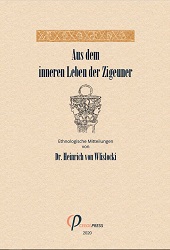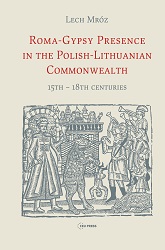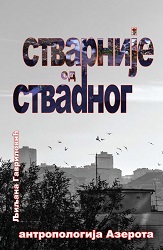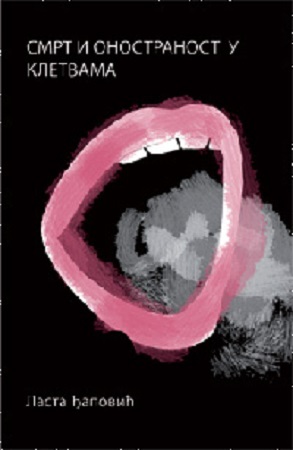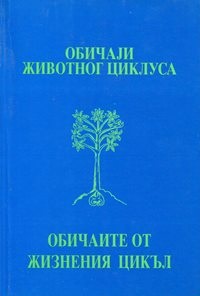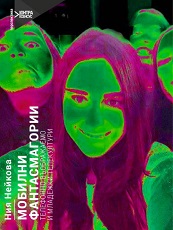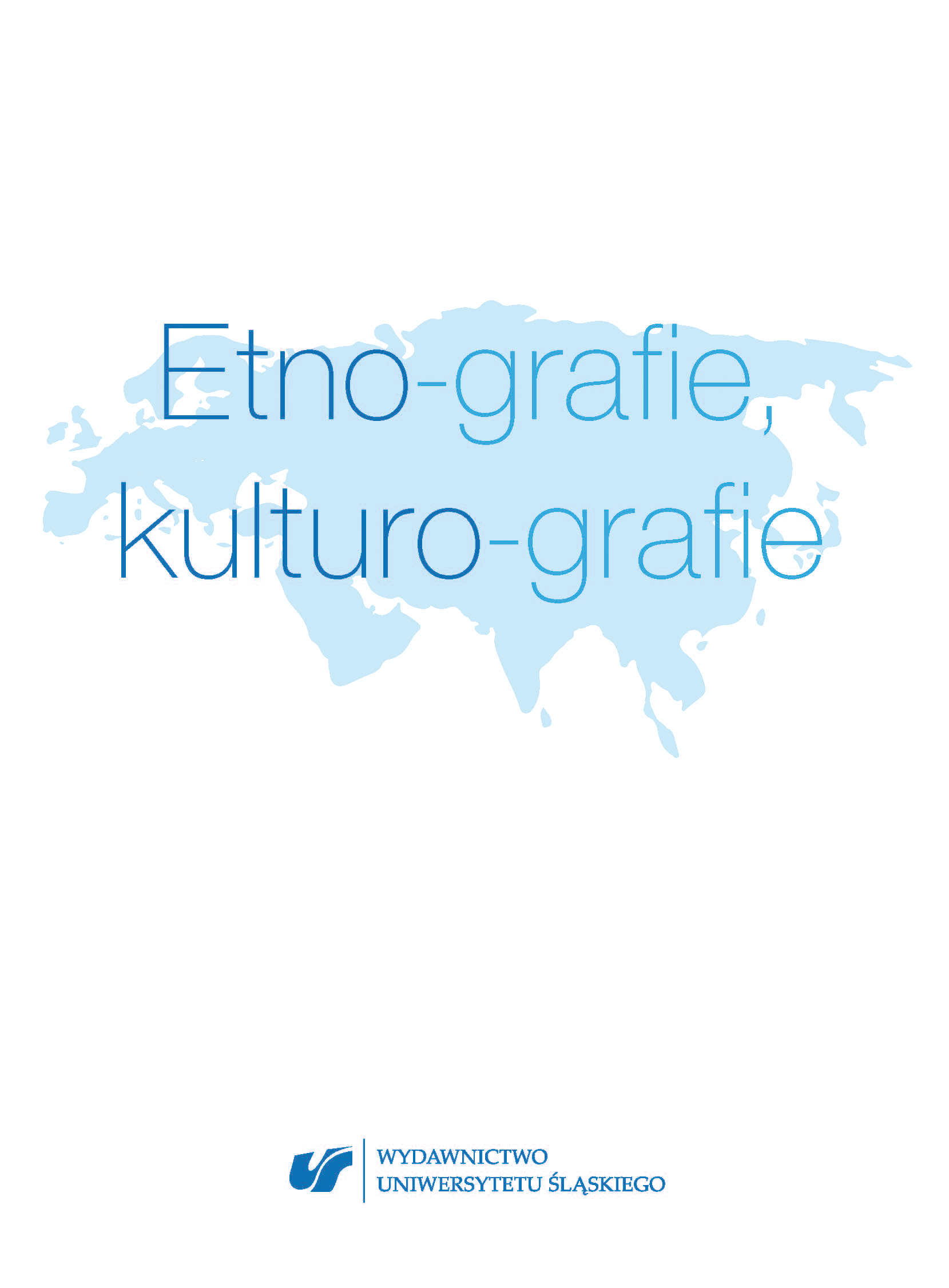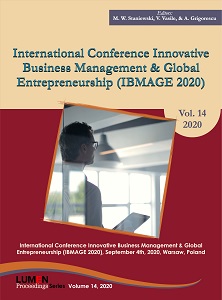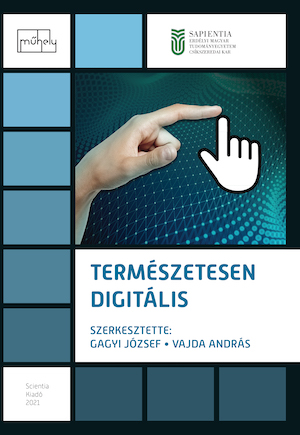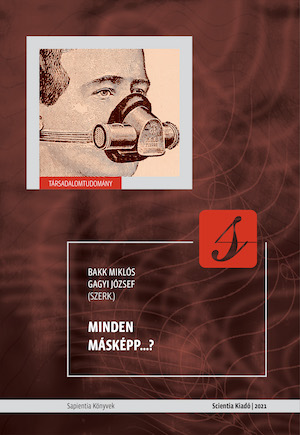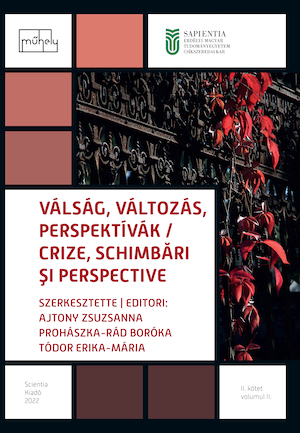Author(s): / Language(s): Polish
Ethno-graphies, culture-graphies is a publication associated with a project realised by the Department of the Theory and the History of Culture of the University of Silesia in Katowice in collaboration with the Faculty of International Polish Studies of the University of Silesia, the School of the Polish Language and Culture of the University of Silesia, the Polish Cultural Studies Association – the Katowice department, the Museum of the History of Katowice, and the Polish Academy of Learning – the Katowice station. The project, which is interdisciplinary in nature, combines anthropological, ethnographic, cultural science, historical and literature-science reflection of young researchers who represent various centres of scholarship. In 2016 and in 2017 two international scholarly conferences were organised in which speakers from countries such as Kyrgyzstan, Italy, Azerbaijan, Georgia, Ukraine, Croatia, Russia, China and Poland participated. The publication accompanies the conferences which were organised, although it is not a conference volume.The book entitled Ethno-graphies, culture-graphies contains the works of experts in the field of culture, Indologists, linguists and the experts in the field of literature. The eponymous “ethno-graphies” do not refer to various alternative models of a discipline (ethnography). For us, both “ethno-graphies” and “culture-graphies” indicate manners of writing about culture. The word “culture-graphy” was coined as a neologism to bring out the peculiar nature of writing about phenomena which are difficult to associate with ethne in the traditional acceptation of the term but which may be considered to constitute cultural phenomena. The purpose of the texts presented in the volume is to take the reader “on a journey” – a journey from the most remote places, such as ancient India, directly to Upper Silesia.
More...
